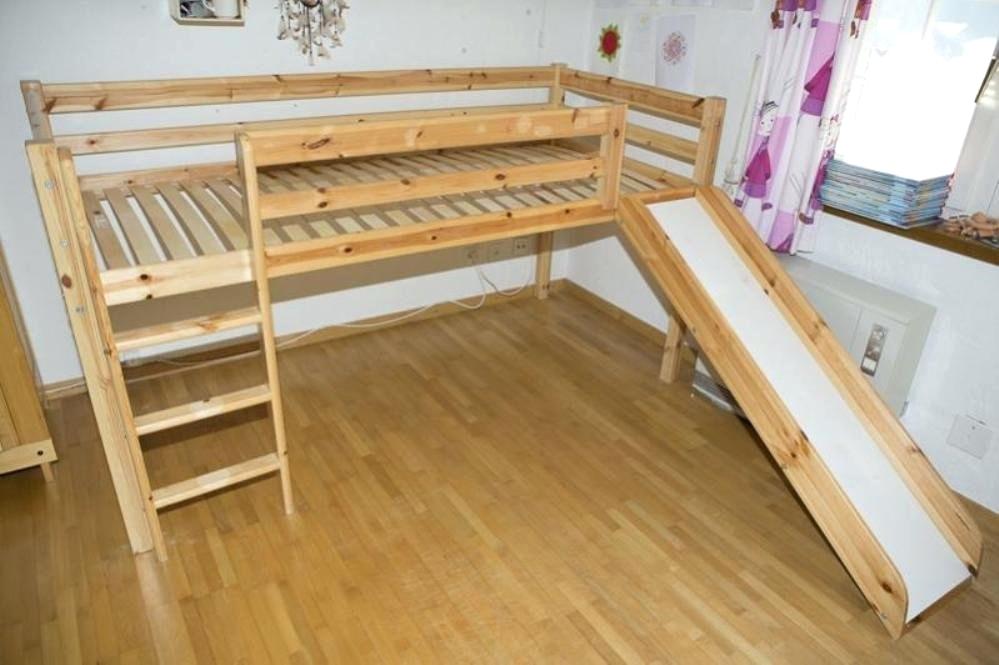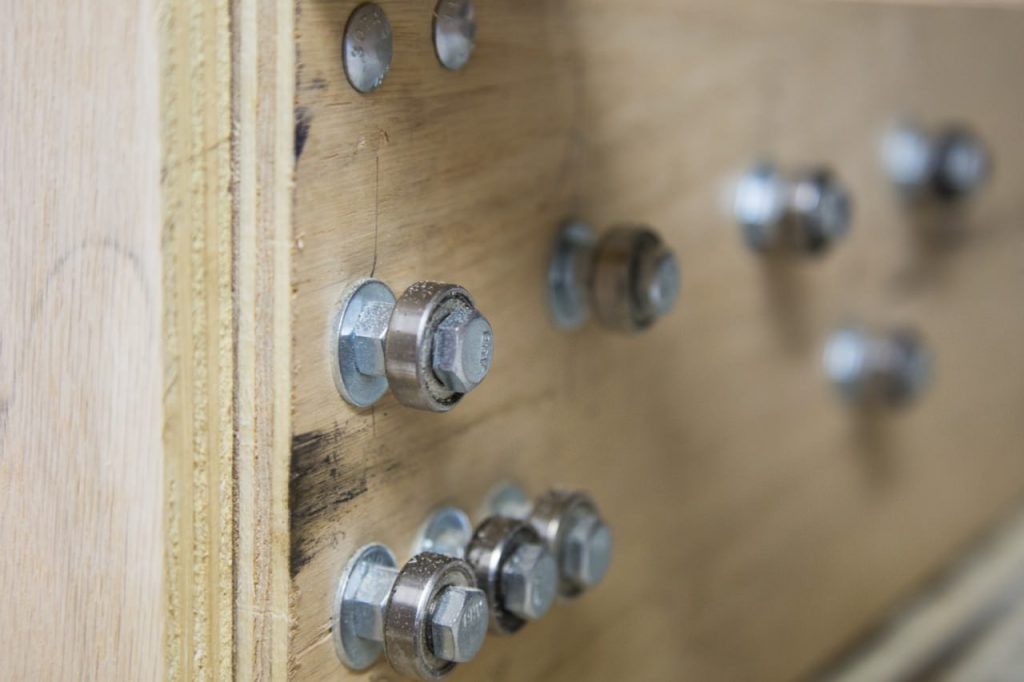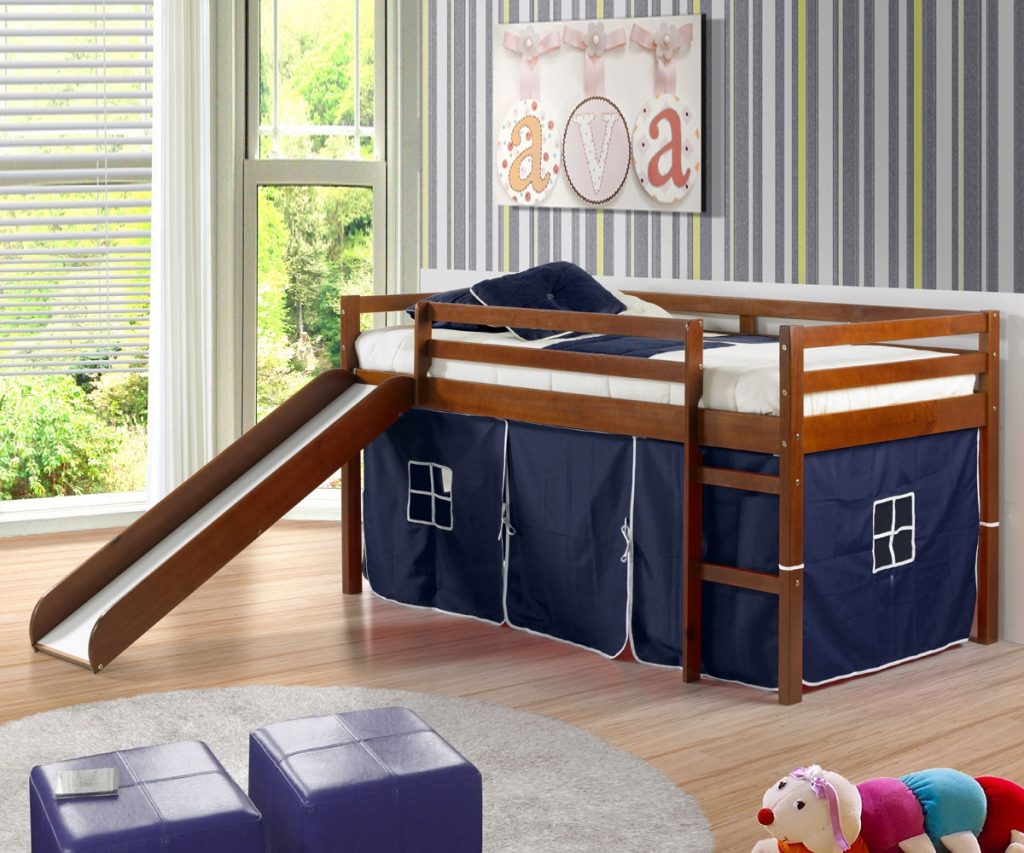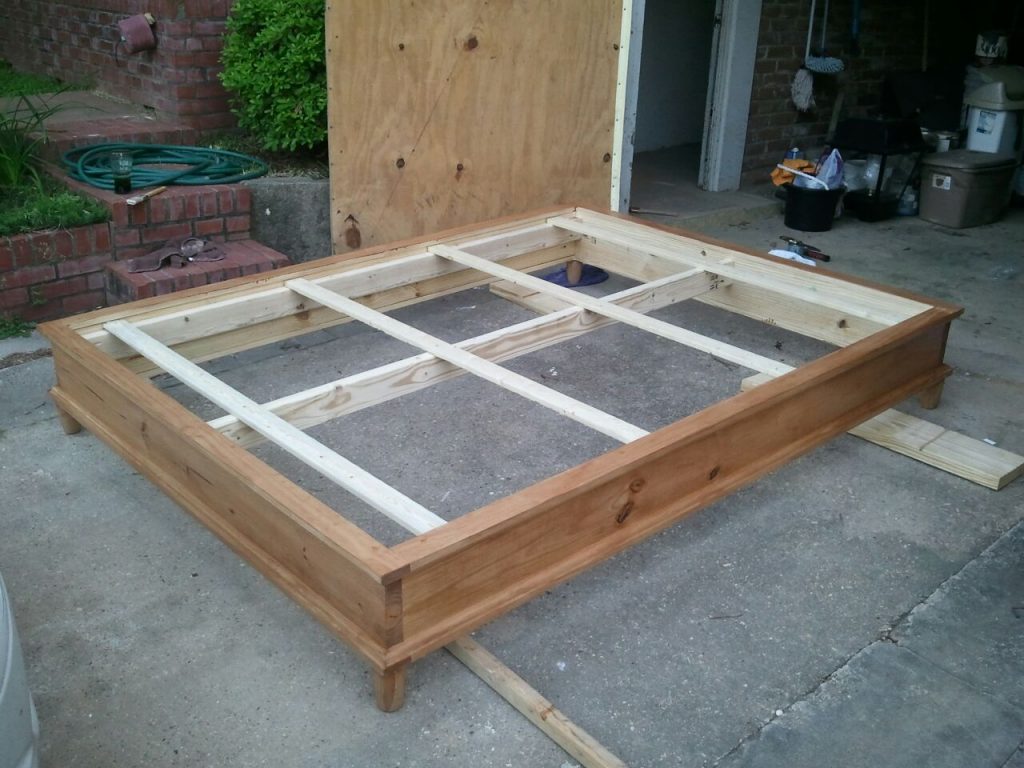A truck bed slide is a cargo management tool intended to maximize the useful space available in a pickup truck bed. Access to tools and equipment is easier if the bed can slide backward out of the tailgate, and being able to approach from both sides and the rear minimizes the risk of back injury from bending over the bed curtains to pick up heavy tools or cargo. Even the simple job of unloading groceries after a shopping trip is made less irksome with a bed slide; there is no more need to lean into the back of the truck to recover goods.

Design the Slide
Decide on what you need from your bed slide. Some slides are simply flat trays that travel just above the original bed, making for easier loading of, or access to, large objects. Some slides use a fake bed installed approximately halfway up the side curtains, with a slide below. In the latter system, the truck bed is still usable — indeed, store-bought bedliners can still be installed — but toolboxes and materials can be stored safely locked away out of sight. If you plan on changing your truck in the near future, design the project to facilitate easy removal and re-installation.

Decide on the Materials
Construct the bed slide from the most practicable material for your skills and the intended purpose. If you can weld and have the equipment, aluminum gives excellent rigidity at a low weight penalty. Working with mild steel plate is easier and less expensive, but the finished product will weigh far more. Working with wood is fine for a bed slide, but use marine ply for the flat panels and make the ribs and uprights from pressure-treated timber designed for outside decks.

Measure the Truck Bed
Measure the truck bed, then transfer the measurements to graph paper and design the project to suit your needs; check suppliers of ready made units for design ideas and to help in deciding on what type of slide will best suit your needs. If you have a predetermined cargo in mind, for instance a number of tool boxes, lay them out on the floor to arrive at the best arrangement then transfer that layout to your plans. Be aware of the location of the wheel wells and of any under-bed storage — for instance for a spare tire — that you may need future access to.

The Roll-Out Mechanism
Source a roll-out mechanism to suit the maximum weight loading you anticipate; prefabricated roll-out mechanisms are available from specialty manufacturers. For lightweight work, such as grocery shopping, casters available from home improvement warehouses will serve well. Slide mechanisms that feature roller bearings are the smoothest in operation and the most hard-wearing solution. Steel channels bolted to the truck bed can serve as the runners through which the roller bearings move as the bed slide is withdrawn and pushed back in. For extremely heavy loading — such as motorcycles, roofing material or bags or sand or concrete — steel “I”-beams bolted through the truck bed to chassis hangers work well. Building and Finishing the Slide Transfer the measurements from the plan to the raw materials and cut all the panels and support ribs,, labeling each one as it is finished. Remove burrs from both metal and wood to reduce the risk of injury from splinters. Construct the bed slide working from the bottom up, either on a large, flat bench or on a flat, level area of concrete. Set the base down and weld or fasten the sides, dividers and supports according to your plan. Turn the project upside-down to attach the roll-out mechanism. Treat the slide to make it waterproof. Aluminum and pressure-treated lumber may not need treating, but mild steel will certainly require a coat of primer followed by aerosol spray painting or undercoat and a top coat of oil-based gloss.